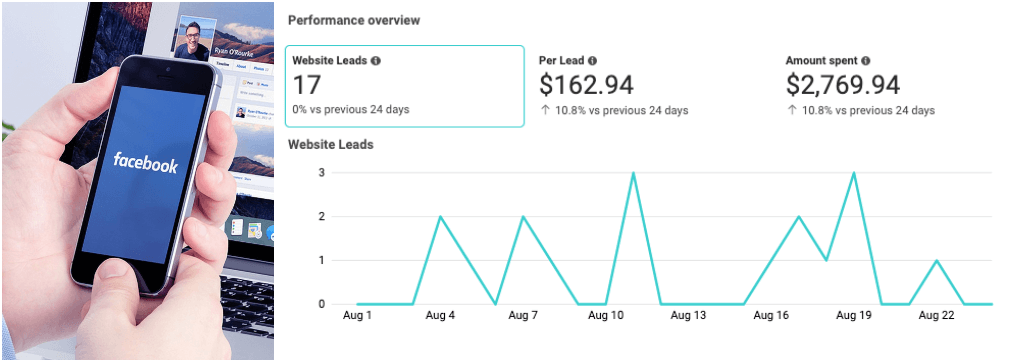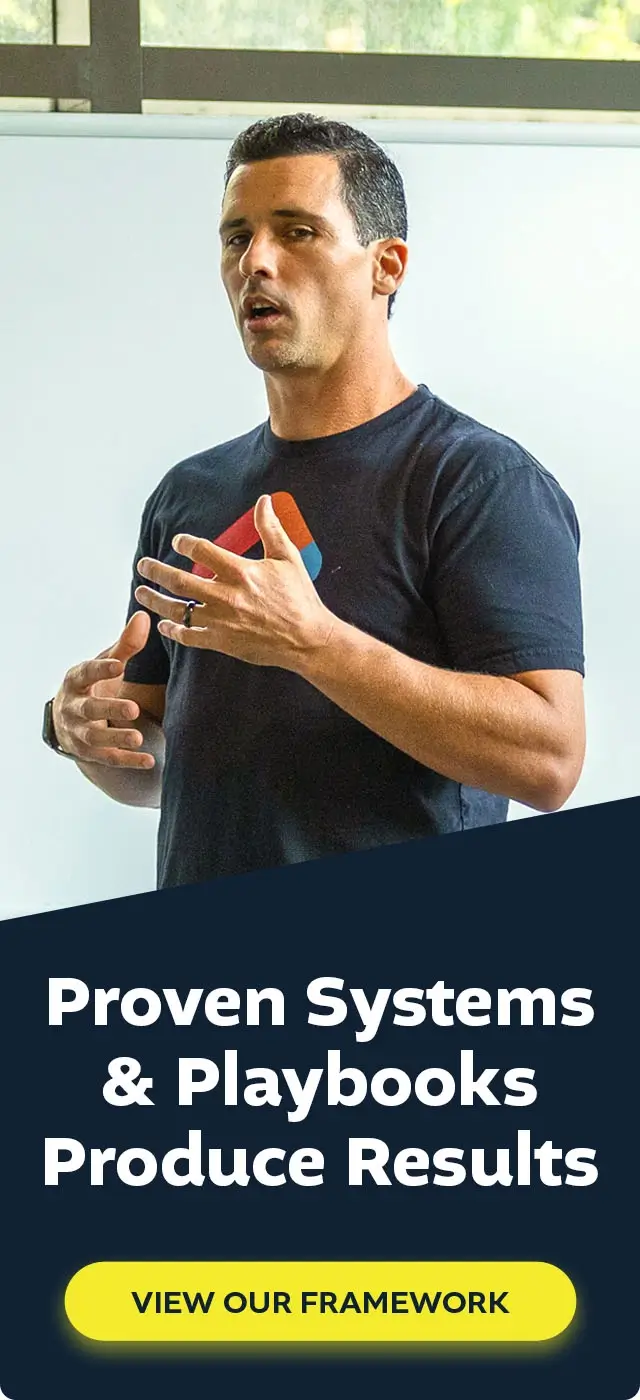Remember where you were on April 26, 2021?
Neither do I… but that’s the point.
Subtle yet industry-altering changes happened on “National Pretzel Day,” or what was otherwise an uneventful Monday in Spring 21’.
So what happened?
Apple introduced AppTrackingTransparency with the launch of iOS 14.5, a user-data privacy tool that would ruffle marketers’ feathers.
You must use the AppTrackingTransparency framework if your app collects data about end users and shares it with other companies for purposes of tracking across apps and websites. The AppTrackingTransparency framework presents an app-tracking authorization request to the user and provides the tracking authorization status.
Facebook Documentation: App Tracking Transparency
Why should marketers care about iOS 14.5?
Simple. iOS 14.5 directly impacted two critical aspects of digital advertising: audience targeting and reporting accuracy (even Facebook admits it).
iPhone users, I’ll explain this by jogging your memory. Time for a quiz…
Picture this: you just downloaded an App from the App Store. What’s the first prompt you see upon opening the app for the first time?
I won’t make you guess; it’s the following question: “Allow ‘App’ to track your activity across other companies’ apps and websites?”
This prompt instructs you to allow or ask the app not to track your data to (and this part is extremely important) “measure advertising efficiency.” By opting out, users are employing the Limit Ad Tracking (LAT) feature, which ‘blanks’ the user IDFA number, a unique ID used to track in-app activity (more on IDFA).
In layman’s terms: this makes it difficult for social media platforms like Facebook to target users during ad placement. Worse, it destroys the legitimacy of native attribution and conversion event tracking.
Who turned off the lights?
You can imagine iOS14.5 as a mischievous child who turns the living room lights off as their babysitter searches for the TV remote. It forces Facebook, ‘i.e., the babysitter,’ to operate in the dark, taking blind guesses about where they should be looking (or serving ads).
iOS 14.5 forced Facebook to operate in the dark, taking blind guesses on user targeting and ad placement.

Are you sitting down? Ok. Consider this: only 21% of mobile users worldwide allow app tracking after the iOS update.
You’ve been searching for the remote in the dark for quite some time.
Dangers of Facebook Advertising Post-iOS 14.5
Let’s look at the world of Facebook advertising after the iOS update. Time for some tough pills to swallow:
- Inaccurate native reporting: Underreporting and/or overreporting of events, conversions, and other relevant metrics.
- Weakened remarketing: Users who visit your site aren’t effectively retargeted within Facebook.
- Smaller customer audiences: Custom audiences are more likely to decrease in size as more users update to iOS14.5 or later.
- Delivery: Facebook cannot “ensure your ads are delivered to the most relevant audiences at the right frequency.”
So why even bother using the platform to market to your audience? Let’s not get too carried away quite yet. Remember, Facebook boasts the largest social media user base to date.
What’s the saying, “hindsight is 20/21”?
No? Well, in this instance, it should be. 2021 signified the line of demarcation between ad targeting and user privacy. As with any unforeseen challenge, building the plane while in the air is an element.
Fortunately for us marketers, social giants like Facebook, LinkedIn, etc., have already begun to pivot in the face of impending doom. Thus, my ‘doom and gloom’ monologue ends here as I unveil detours to the roadblocks created by iOS 14.5.
Detour: Overcoming iOS-Related Roadblocks
Missed the proverbial ‘construction ahead’ sign back in 2021? Then you’re well within the target audience for this article!
There are workarounds (or ‘detours’) to avoid the two primary difficulties associated with the iOS update: audience targeting and reporting accuracy.
Let’s get started.
| Roadblock | Description | Detour |
|---|---|---|
| Reporting Accuracy | Users who ‘opt out’ cannot be tracked via cookies. Given the sheer number of users that have chosen to opt-out thus far, marketers relying on cookie-based are doomed to amass inaccurate data via native reporting. These inaccuracies impact Facebook’s ability to interpret results and serve ads to the intended audience. Without getting into the gory technical details, it’s most important to know that iOS 14.5 allows users to disable browser-side tracking. Conversions API (our detour) relies on your website’s server to track events rather than a user’s browser. In other words, it doesn’t use cookies. | Facebook’s conversion API. The tool ultimately bolsters reporting accuracy via server-side event tracking, improving Facebook’s ability to serve ads to the intended audience. The result is campaign optimization informed by reliable data and metrics. There are numerous options to connect conversions API with your browser, ranging from native integrations for your web platform or custom coding implemented by a development team. Though it might seem intimidating at first glance, don’t get discouraged. The juice is well worth the squeeze. |
| Targeting Limitations | Facebook may shrink your first-party lists depending on how many users have updated to iOS 14.5 or later. If your intent is only to spin up lookalike audiences, you might luck out and have just enough users matched to do so. But if you’re solely looking to target that first-party list or use it as an exclusion audience, you’ll likely encounter issues. While conversion API improves user match rate by allowing you to build custom audiences from various customer inputs, other native functions act as a ‘detour.’ Facebook presents ‘broad targeting’ as a potential solution to overcome targeting limitations. We strongly advise against this. | Enter detailed targeting, an “and” versus “or” method of building and refining your audiences, a Venn diagram of sorts. You’ll start with a parent targeting option, choosing from ads users have clicked, demographics (age, gender), pages they frequent, travel preferences, job titles, and more. You can build upon this group and continue to refine this group with the “and” function. Use “or” to target a separate characteristic entirely. Ex. a dentist’s office may want to show ads to men “and” women between 18-55 who have expressed interest in dental hygiene. They might target the demographic inputs, then use “and” to narrow to users who follow pages related to dental hygiene or personal health. They may use “or” to target the same individuals, but those looking for something other than dental hygiene (perhaps a ‘recruiting/hiring’ campaign). |
Ready to take these tips and run with them? No? You’re not alone.
Many marketers are apprehensive about the rapidly shifting movement away from cookie-based tracking. I was myself. However, as the shift continues and reality settles in, you can do right by your clients (and yourself) by getting ahead of the changing attribution/reporting landscape.
Our parting advice? When in doubt, leverage your Facebook representative to understand your options for overcoming the infamous marketing hurdle, iOS 14.5.



